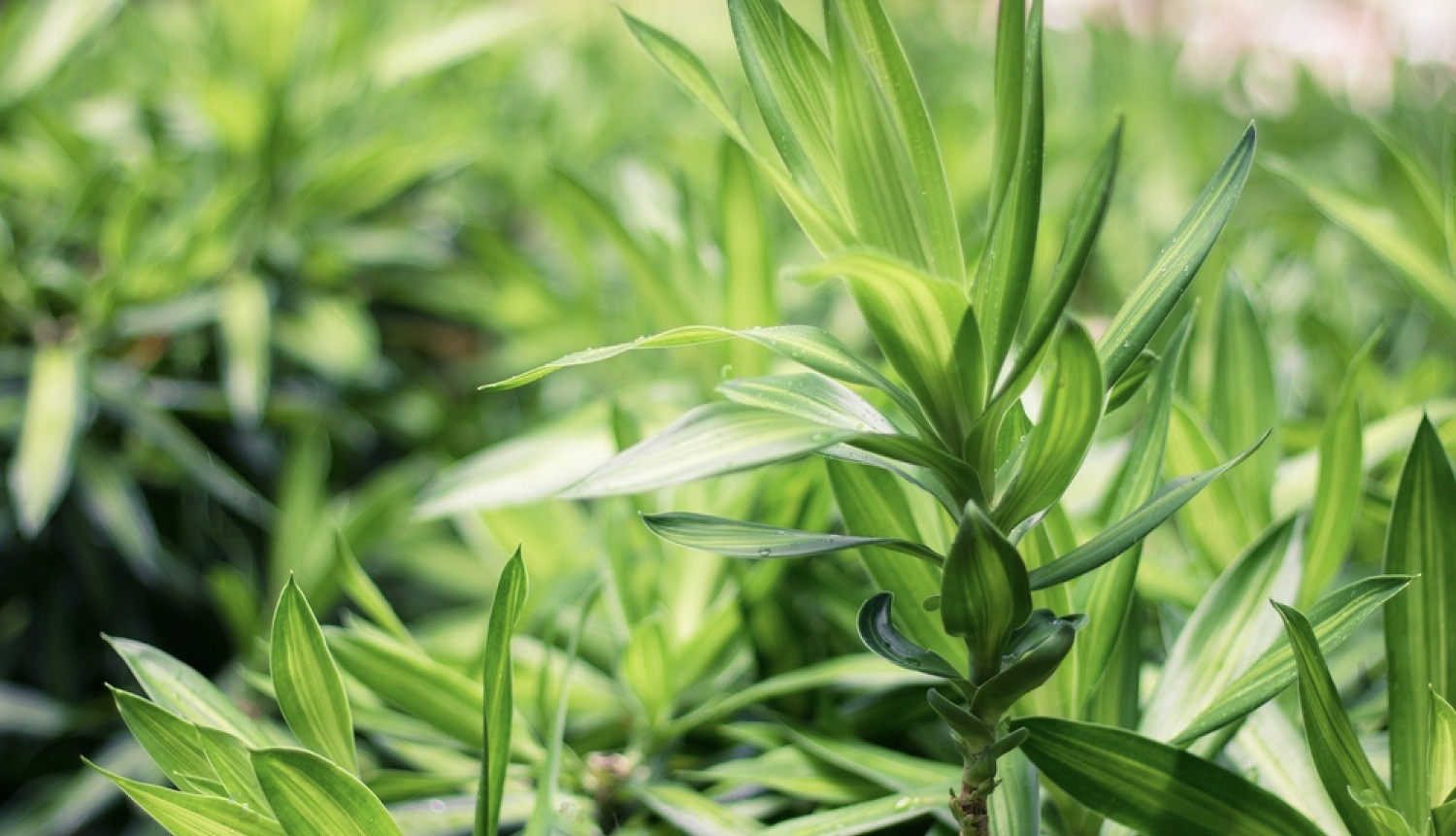The lush and graceful Mass Cane plant, scientifically known as Dracaena fragrans, has earned a special place in the hearts of indoor plant enthusiasts. Its towering stems and lush foliage make your interior spaces elegant and sophisticated. Whether you’re a seasoned plant parent or a beginner, mastering the art of Mass Cane plant care is essential to ensure its health, growth, and stunning appearance. This comprehensive guide helps you through every aspect of caring for your Mass Cane plant, from light and water to propagation and troubleshooting common issues.
Table of Contents
Understanding the Mass Cane Plant Care
Before we dive into the specifics of Mass Cane plant care, let’s take a moment to appreciate the beauty of this remarkable plant. Native to tropical regions of Africa, the Mass Cane is characterized by its thick, woody stems and arching lance-shaped leaves. It’s available in various cultivars, each with unique leaf patterns and colors, making it a versatile choice for different interior styles.
Light Requirements
Providing the right amount of light is crucial for your Mass Cane plant care, growth and overall well-being.
Bright, Indirect Light:
Mass Cane plants thrive in bright, indirect light. Position them near a window with filtered sunlight or in a well-lit room. Sunlight is cruisal for plants but direct sunlight can scorch the leaves of your Mass Cane plant. Placing it in indirect light enhances the growth and health of your Mass Cane plant
Low Light Tolerance:
While Mass Cane plants enjoy light, they can also tolerate lower light conditions. However, prolonged low-light exposure may result in slower growth and less vibrant foliage.
Watering Strategies
Proper watering is a cornerstone of Mass Cane plant care. Maintaining the appropriate moisture balance ensures healthy roots and lush foliage.
Moderate Watering
Allow the top inch of the soil to dry out before watering. Stick your finger into the ground; it’s time to water it if it feels dry. Water thoroughly until water drains from the pot’s bottom.
Avoid Overwatering
Water your Mass Cane plant when the top inch of soil is dry, Be cautious of overwatering, It is the main reason of root rot, so check that the pot allows for proper drainage.
Winter Watering:
Reduce watering frequency during winter when the plant’s growth slows down. Monitor the soil’s moisture level and adjust your watering routine accordingly.
Humidity Management
Mass Cane plants thrive in environments with higher humidity levels. Creating a suitable humidity level can be achieved through various methods.
Misting
Regularly mist the plant’s leaves with water to increase humidity around the foliage. Misting is particularly beneficial in drier indoor environments.
Humidity Tray
Place a tray filled with water and pebbles near the plant. As the water evaporates, it raises the humidity around the plant. Be sure the pot is elevated above the water to prevent root rot.
Temperature Considerations
Maintain a consistant temprature range for your Mass Cane plant. It helps your Mass Cane plant thrive.
Ideal Temperature
The ideal temprature for Mass Cane plant is between 65°F to 80°F (18°C to 27°C).
Avoid Drafts
Protect your plant from cold drafts, which can cause stress and lead to leaf damage. Avoid placing it near drafty windows or doors.
Fertilization Ritual
Feeding your Mass Cane plant ensures it receives essential nutrients for robust growth and vibrant foliage.
Fertilization Schedule
During the growing season (spring and summer), fertilize your Mass Cane every 4-6 weeks. During winter months, when growth slows, reduce the fertilization.
Balanced Fertilizer
Choose a balanced liquid fertilizer with equal parts of nitrogen, phosphorus, and potassium. Dilute according to the manufacturer’s instructions.
Pruning for Health and Aesthetics
Pruning helps your Mass Cane maintain an attractive appearance and encourages new growth.
Trimming Dead Leaves
Regularly trim away dead or yellowing leaves at the base using clean pruning shears. Trimming promotes better air circulation and prevents potential pest infestations.
Propagation for Expansion
If you’re eager to expand your Mass Cane collection, propagation offers an exciting opportunity to grow new plants from your existing ones.
Stem Cutting
Propagate through stem cuttings by selecting a healthy stem and making a clean cut just below a leaf node. After treating the cut end with rooting hormone, position it within soil that has good drainage qualities. Keep the soil consistently moist and make sure it gets sufficient bright, indirect light.
Air Layering
Another propagation method involves air layering. Make a small upward cut below a node, dust with rooting hormone, wrap with damp sphagnum moss, and cover with plastic wrap. Once roots form, separate the implanted portion and pot it.
Troubleshooting Common Issues
Even with the best care, challenges can arise. Troubleshooting Common Issues is critical to maintaining a thriving Mass Cane plant.
Yellowing Leaves
Yellow leaves can indicate overwatering or poor drainage. Adjust your watering routine and ensure proper drainage.
Brown Tips
Brown leaf tips are often due to low humidity. Increase humidity through misting, a humidity tray, or a room humidifier.
Pest Infestations
Regularly inspect your plant for spider mites or mealybugs. Treat infestations with appropriate solutions, following the instructions.
Conclusion: Cultivating Elegance Indoors
Caring for your Mass Cane plant is about ensuring its survival and nurturing a living piece of nature that adds beauty and vibrancy to your indoor space. You create an environment where your Mass Cane can flourish by mastering the nuances of light, water, humidity, temperature, and proper care techniques.
Remember that each Mass Cane is unique, responding to your care regimen and its environment in its own way. Embrace the learning process, and don’t be discouraged by minor setbacks. As you watch your plant thrive under your attentive care, you’ll experience the joy and satisfaction of cultivating a healthy, vibrant Mass Cane that enriches your living space and connection to nature.

